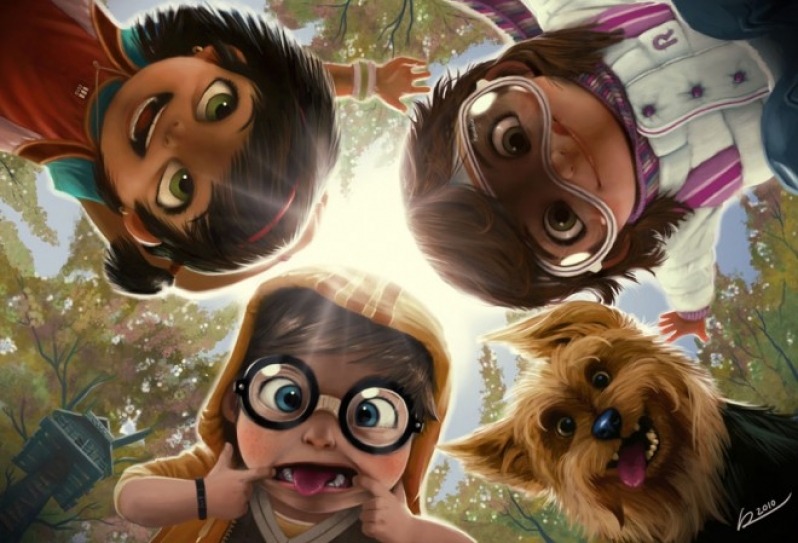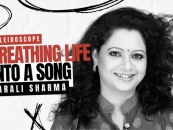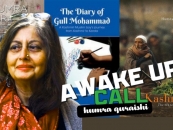In the last few years, there has been an exponential increase in theatre for children. There are theatre workshops all over the city; schools stage lavish productions. Theatre is no longer seen as a waste of time, but as a confidence-building, communication-enhancing activity.
When Ramu Ramanathan’s first staged his play The Boy Who Stopped Smiling in 1998, there were hardly any plays for children being written or performed. This play had a message for parents to stop pressuring kids, but it was also hugely entertaining. It went on to become one of the most successful children’s plays of all time. Like all the best works for children in literature, cinema or theatre, the play appealed to grown-ups too and did not talk down to kids. More importantly, it was a not a cute fairy tale with actors traipsing around in gaudy costumes, but spoke to children about a problem they all identified with. In the Grips Theatre style production, the parts of the kids were played by grown-ups and after an initial ‘huh?’ reaction, children in the audience were just drawn into the predicament of little Malhar whose response to the academic burden on him was to stop smiling. (Grips Theatre that originated in Germany, found many takers in India, it not just inspired the writing of meaningful plays but the casting of grown up as kids rid groups of the hassle of looking for and training child actors.)
Before this, A landmark children's play Durga Zaali Gauri, written by Madhav Sakhardande and directed by Ramesh Purav (with the guidance of Guru Parvati Kumar), the dance-drama opened on August 1, 1982 . The group Awishkar staged its first performance at the Ravindra Natya Mandir. Sixty children and young artistes between the ages of six to twenty participate in this visually rich production. The story is about a princess who is stubborn and arrogant. Her father, the King one day tires of her constant demands and refuses to comply with one of the them. The princess leaves the palace in a huff, and finds herself in small village, where she learns the importance of co-operation and kindness. Durga Zaali Gauri has had as many as 1000 young actors participating in it over the years, and still remains popular.
Sanjna Kapoor was the first one to see the potential of an extensive children’s programme of workshops and plays when she established Summertime at Prithvi in 1991. It proved to be immensely popular—not just did grateful parents find a way of keeping bored kids occupied and entertained, it also helped develop a culture of theatre watching and respect for the performing arts among children.
Since then, there has been such an increase, that during the vacations, between NCPA’s Summer Fiesta and Prithvi Theatre’s Summertime, 30 odd plays are performed and children get to see a range of plays from popular tales to newly devised pieces. The Summer season for children at two of the city’s cultural venues is an annual excuse for theatre folk in the city to let their imaginations runs wild. And some very creative ideas come out this looming deadline. Some plays then become a regular part of the groups’ repertoires, and find they are in demand from schools all over the country, and oddly, even at a wedding, where Gillo Repertory’s Hanuman Ki Ramayan was staged.
Shaili Sathyu who heads Gillo says hers is the only group in the city that works exclusively with children, not just in summer but all through the year. She finds that there schools and parents now want their children to get their cultural fix and theatre fulfills that need, as it combines art and education in an entertaining format.
However, it is not easy going, which is why, she observes, many groups enthusiastically jump on to the children’s theatre bandwagon, but very few do a second play. Groups like Akvarious, Yatri, Working Title, Ekjute, Ranga Theatre, Tram Theatre, Rangbaaz, Ansh and T-Pot have produced more than one children’s play and found the exercise illuminating.
For many Mumbai children raised on an entertainment diet of films, TV and video games, a live performance can be a revelation, even though many of the elite schools now have active drama departments. Many of them come out wide-eyed and completely hooked; they are the repeat audiences and theatre evangelists who then bring their friends to watch plays.





-173X130.jpg)
-173X130.jpg)

-173X130.jpg)
-173X130.jpg)


